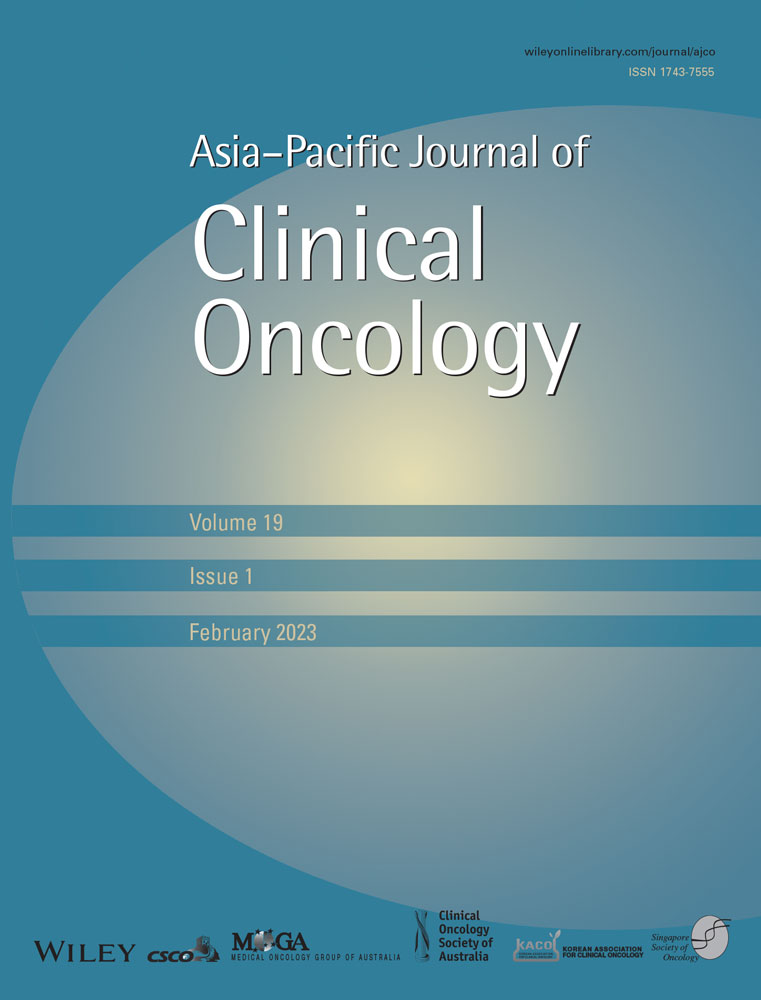Prediction of response to radiotherapy in locally advanced carcinoma cervix using multiparametric MRI: A prospective, single-center, longitudinal study
Abstract
Purpose
To evaluate the possible role of a multiparametric magnetic resonance imaging (MRI) and semiquantitative fusion map for the prediction of response to radiotherapy in carcinoma cervix.
Methods
This was a prospective, single-center, longitudinal observational study performed on patients with locally advanced carcinoma cervix. Relative blood flow (rBF), relative blood volume (rBV), and apparent diffusion coefficient (ADC) values were obtained before and after the onset of radiotherapy. rBV, rBF, and ADC values were used to generate a semiquantitative pharmacokinetic model map to identify any hypoxic component of the tumor. The subjects were retrospectively classified as responders and nonresponders based on response to treatment. Prospective prediction of response status was done using pretreatment multiparametric MRI parameters (rBF, rBV, and ADC) and semiquantitative parametric map.
Results
In 32 patients (29 with parametrial involvement and 15 with lymphadenopathy), pretreatment ADC of the primary tumor was the most accurate measure for predicting response to treatment as well as for treatment-induced fractional volume reduction. Although rBV and rBF were insignificant metrics in isolation for predicting response status, a combination with ADC in the form of parametric map had a sensitivity of 86.4% and 77.2%, specificity of 70% and 70%, positive predictive value of 86.4% and 85%, and negative predictive value 70% and 59% respectively by two independent observers.
Conclusion
ADC is the most accurate measure for predicting the response to treatment. A manual parametric map generated by an off-line fusion of the above map with those generated by pharmacokinetic modeling of perfusion-weighted MRI may be a useful tool for the prediction of response to radiotherapy.
CONFLICT OF INTEREST
The authors declare that they have no conflict of interest regarding this study.
Open Research
DATA AVAILABILITY STATEMENT
The data that support the findings of this study are available from the corresponding author upon reasonable request.




